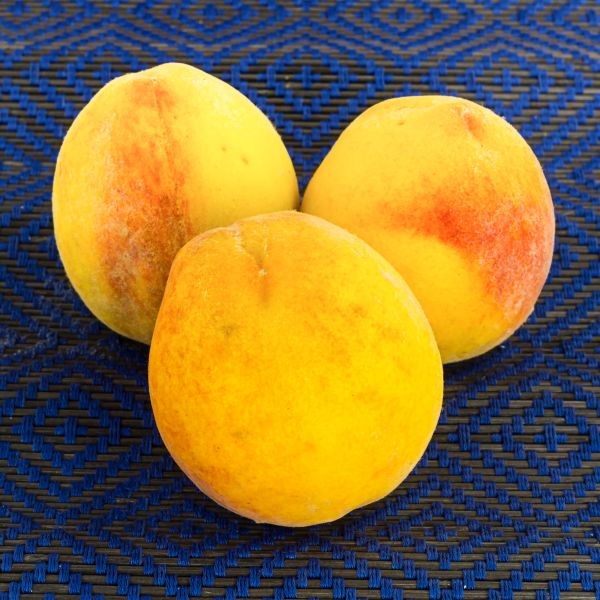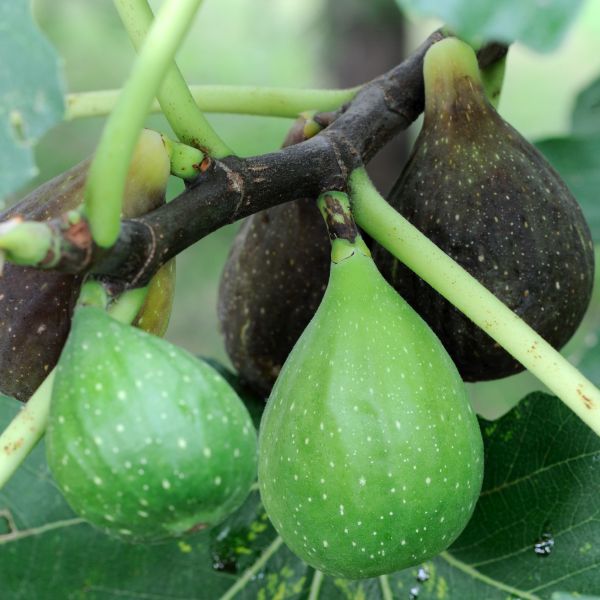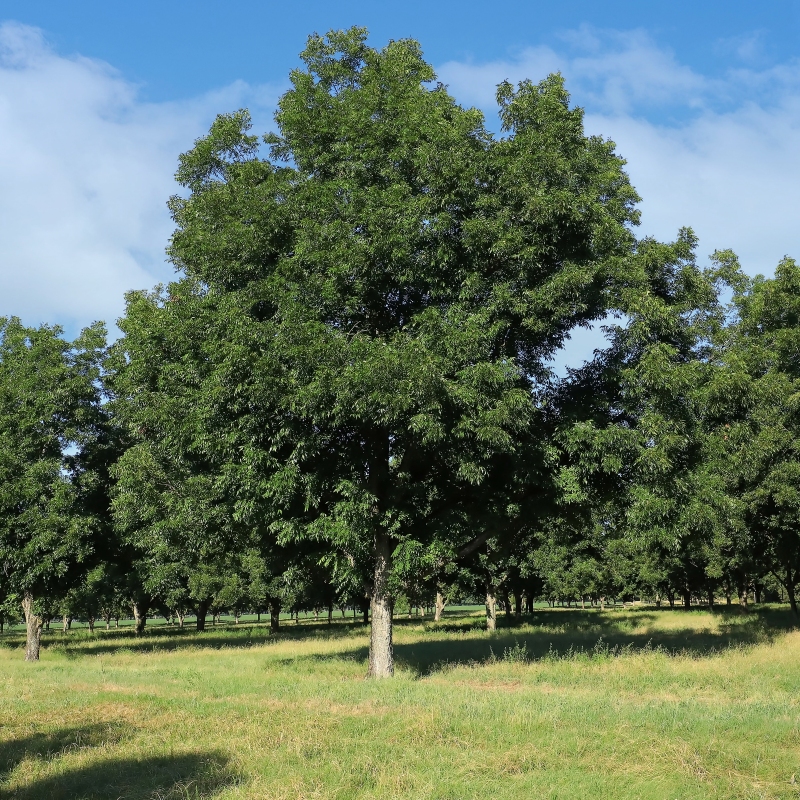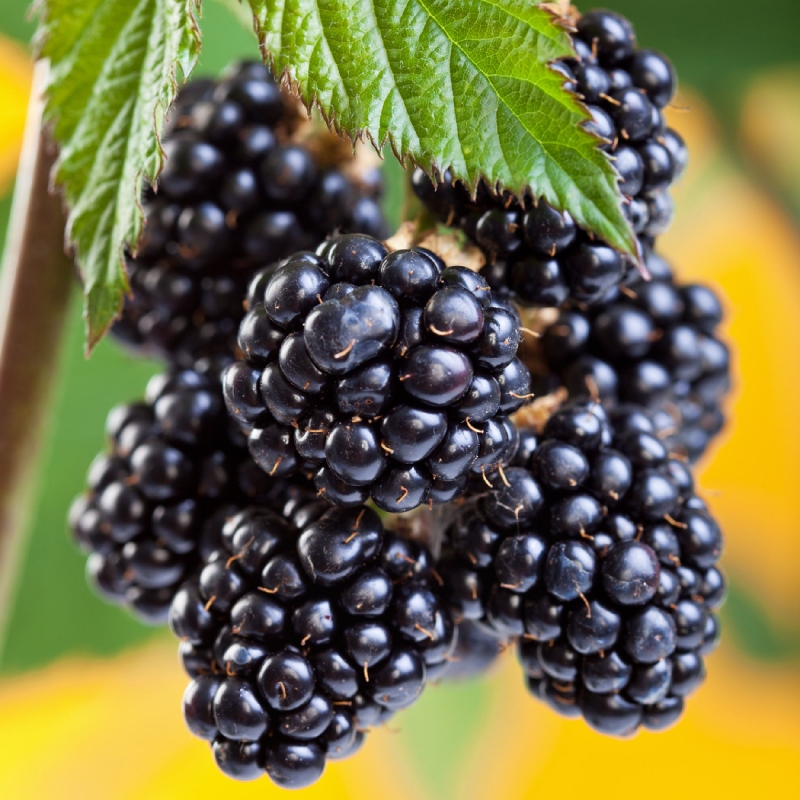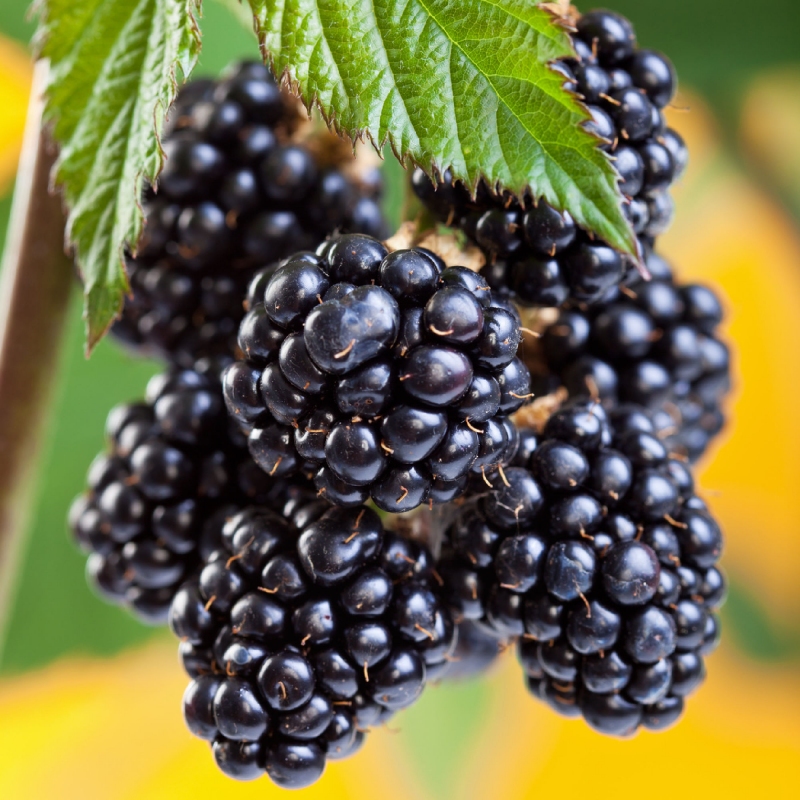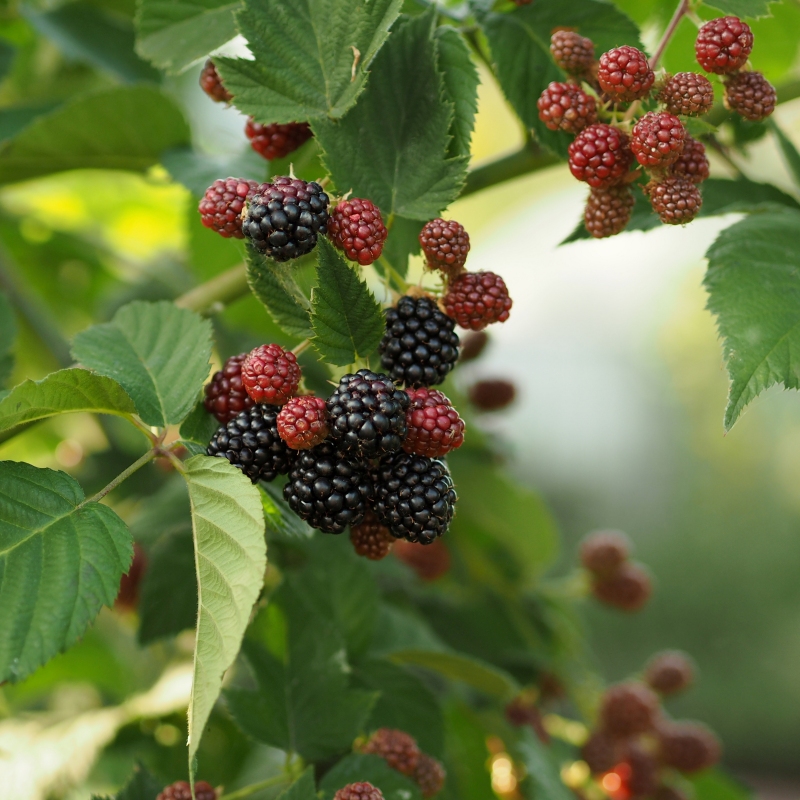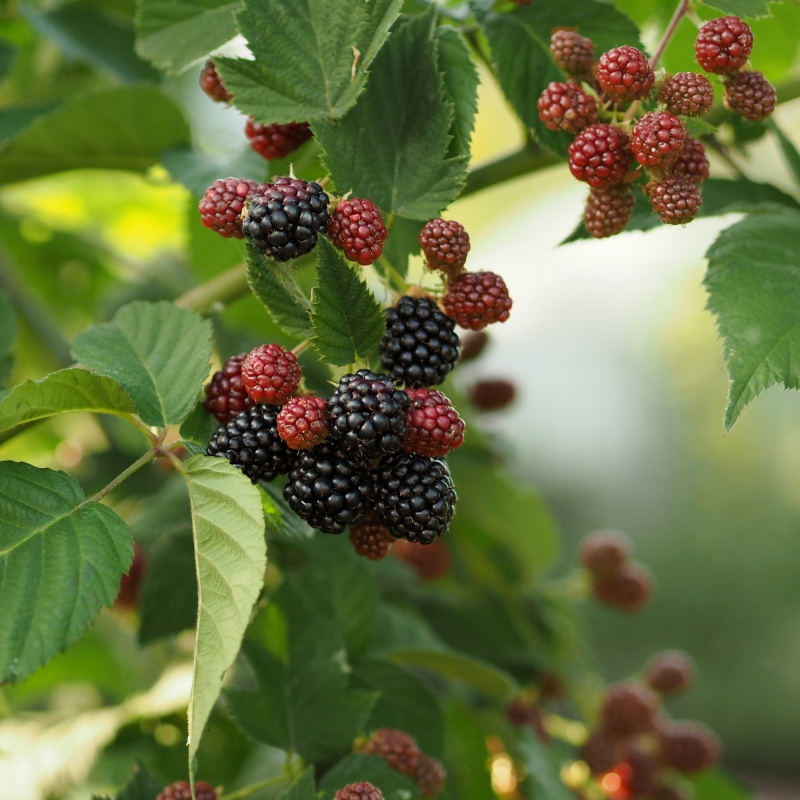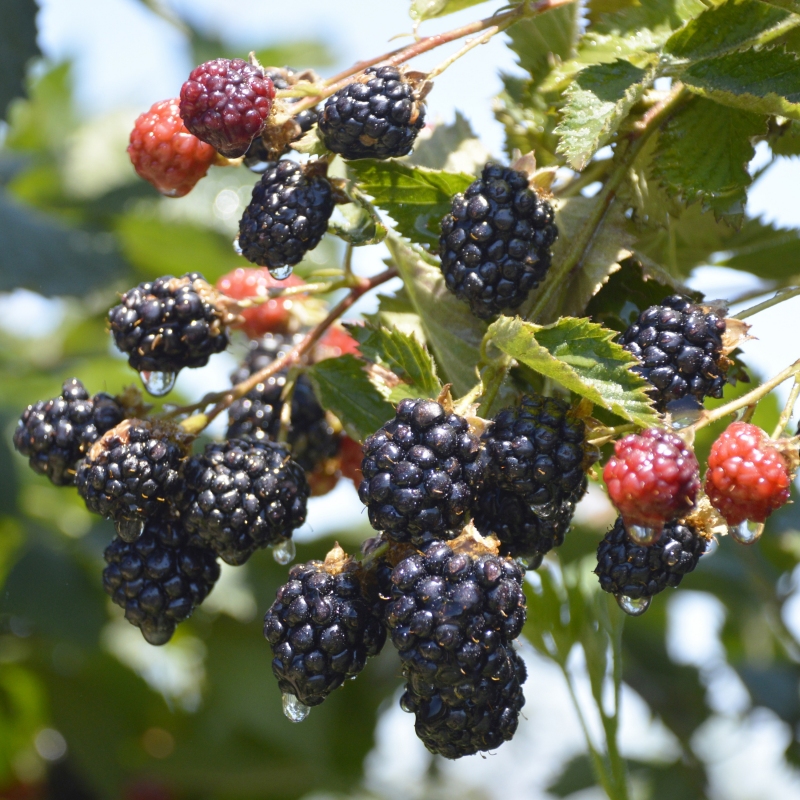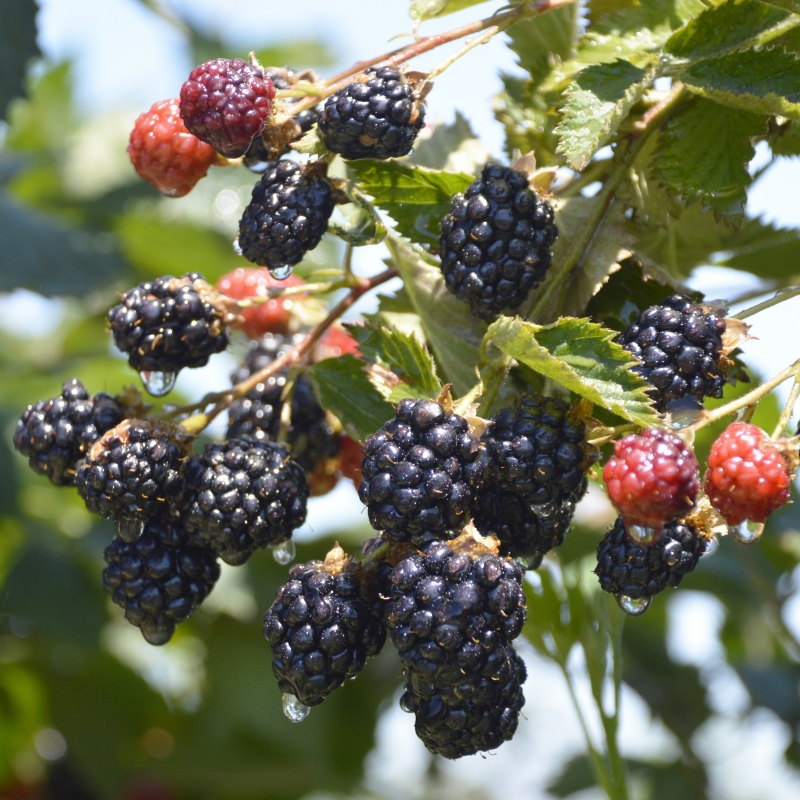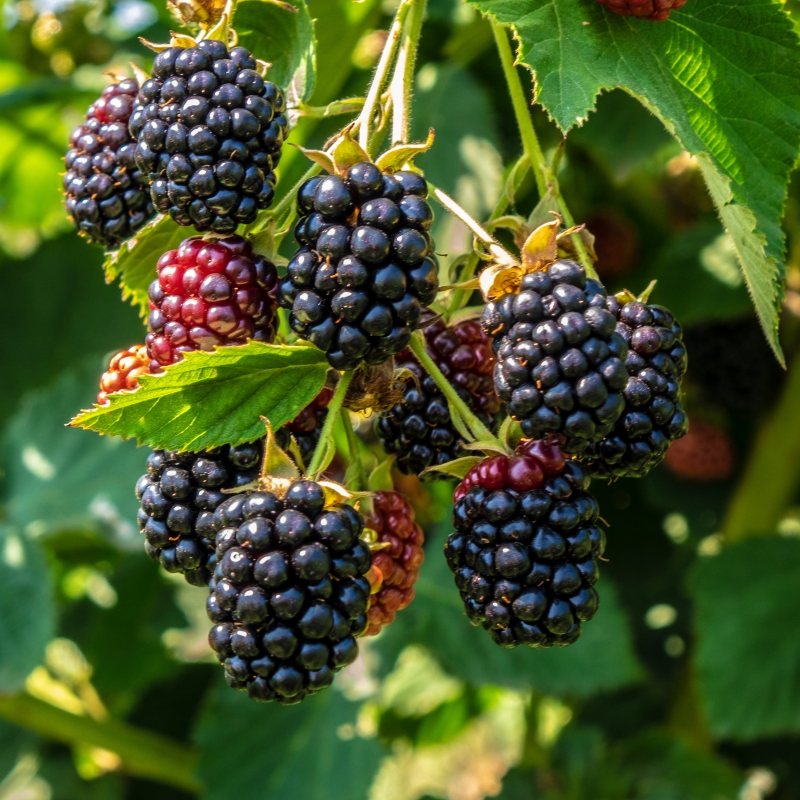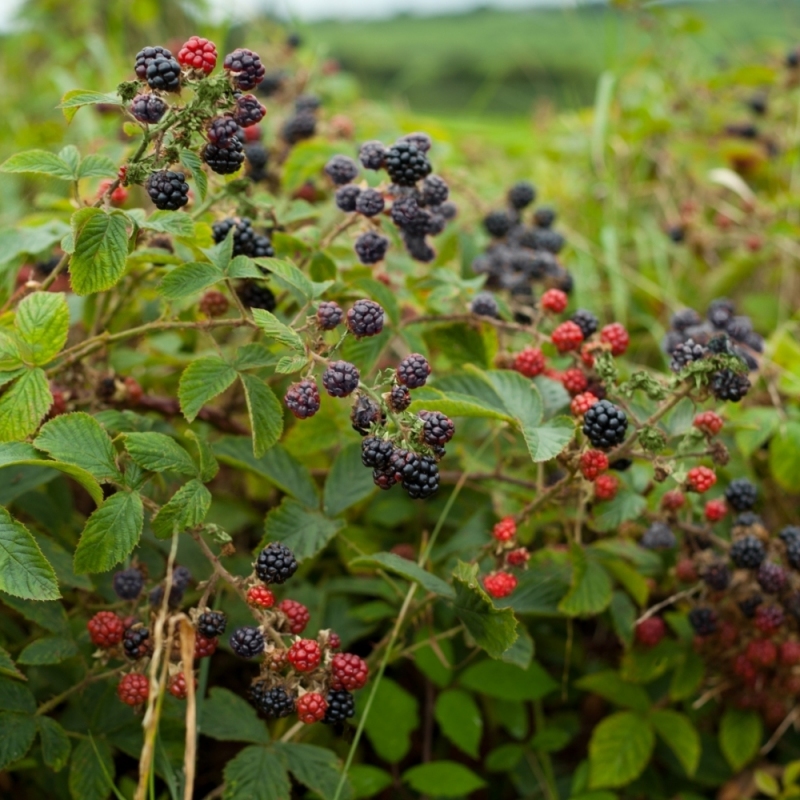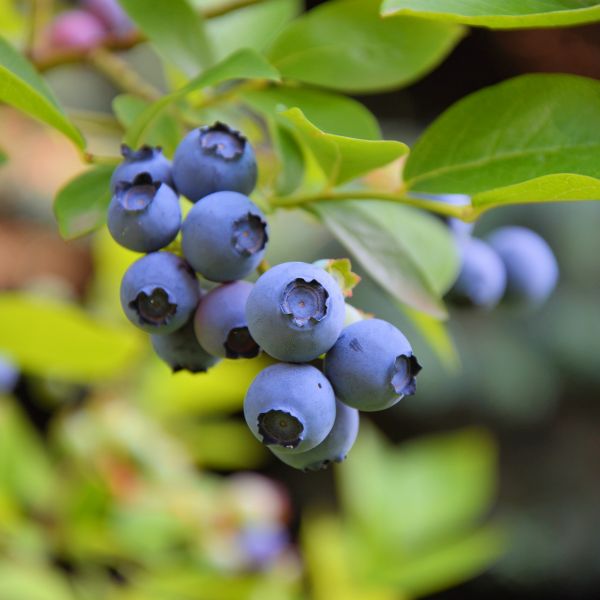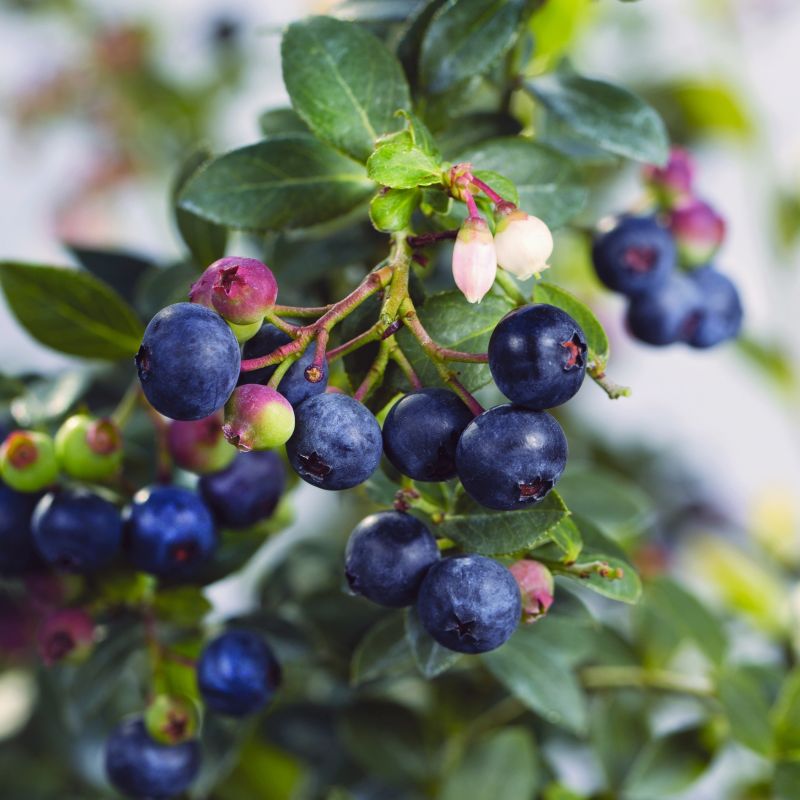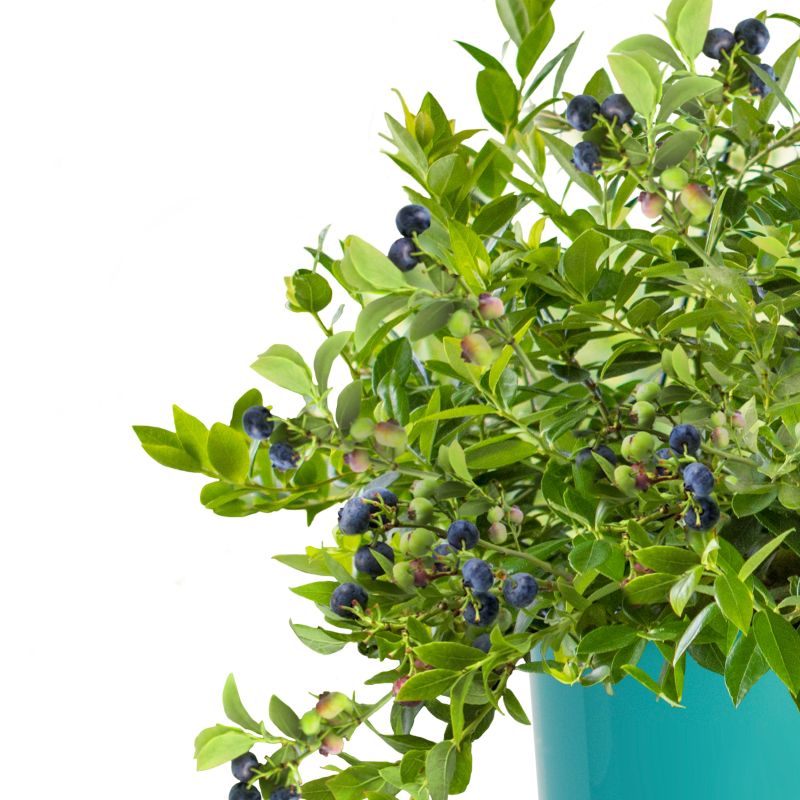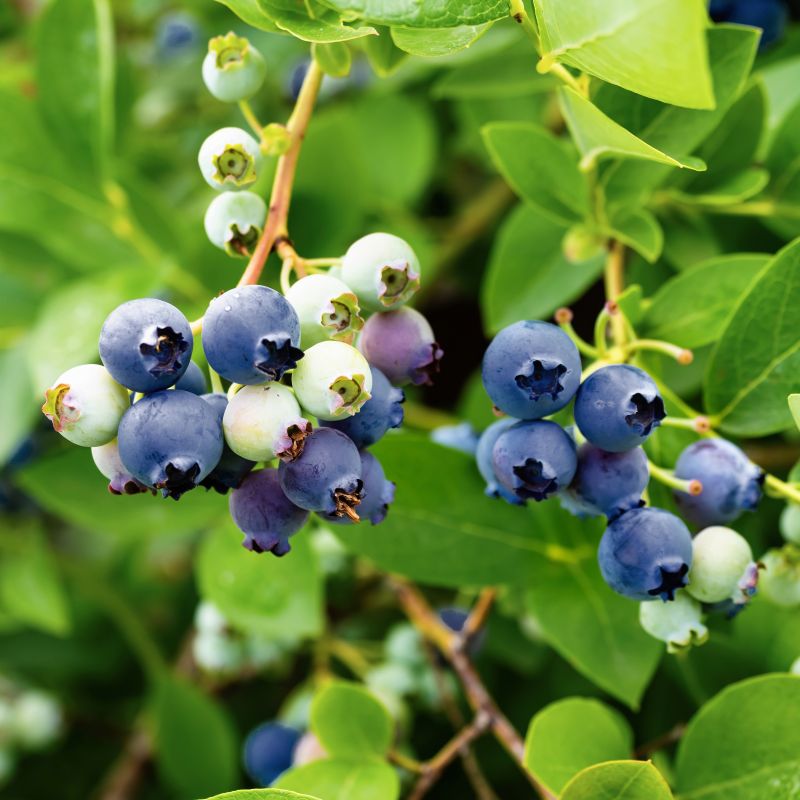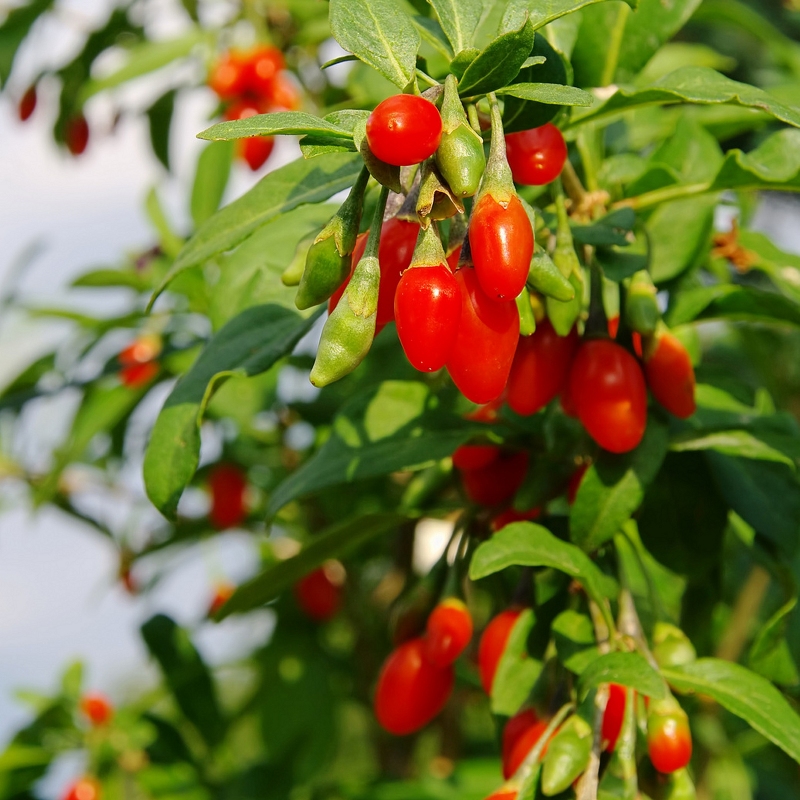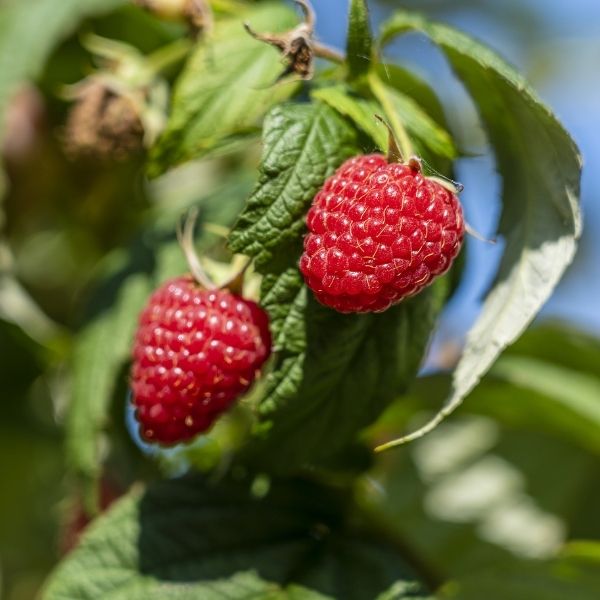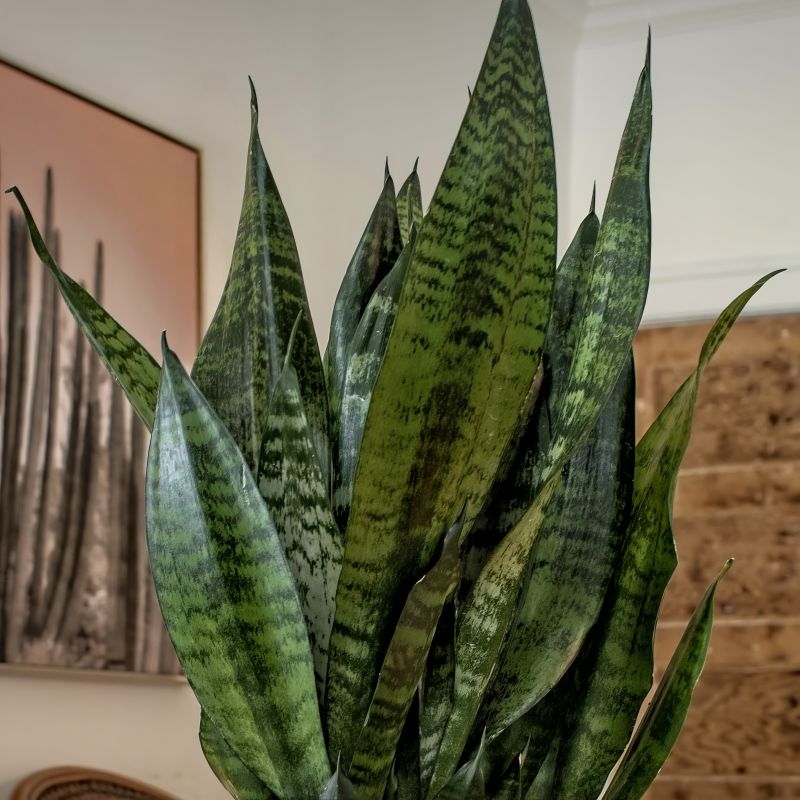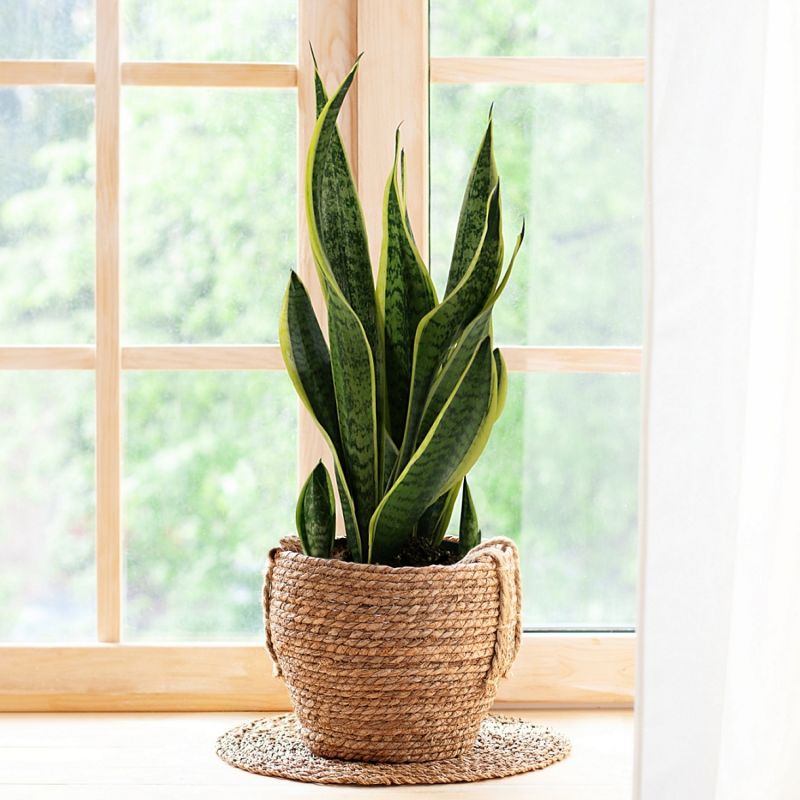

Muir Peach Tree
Prunus persica 'Muir'
13 reviews


Muir Peach Tree
Prunus persica 'Muir'
13 reviews
$115.00
$165.00
30% Off
2.5 Gallon 3-4 Feet
We are sorry, product is currently out of stock due to seasonal availability. Please check the "Related plants available in your area" section below
Why Muir Peach Tree?
The Muir Peach Tree is a popular cultivar for home gardens due to its ability to produce large, firm, and flavorful fruit. Its peachy flesh is sweet and juicy with a slight tartness, making it ideal for baking, canning, or eating fresh. This tree does well in full sun or partial shade, and requires regular pruning to maintain its shape and ensure healthy fruit production.
Related plants available in your area
Sunlight
The Muir Peach Tree requires full sun exposure, which means it needs a minimum of 6 hours of direct sunlight per day to thrive and produce healthy fruit.
Watering
The watering requirement for a Muir Peach Tree is moderate. It needs regular watering to keep the soil consistently moist, but not waterlogged. Over-watering should be avoided as it can lead to root rot and other diseases.
Fertilizing
The fertilizer requirement for a Muir Peach Tree is typically 1 to 2 pounds of nitrogen per year, divided into multiple applications throughout the growing season, following the manufacturer's instructions.
Muir Peach Tree is a variety of peach trees that is well-suited for container growing, making it an excellent choice for small gardens or patios.
This tree produces juicy peaches with a rich, sweet flavor that are ideal for fresh eating. Its ripe fruit could also be used in a variety of recipes, such as pies, jams, and preserves. Actually, for the longest time, peach growers used this variety the most for canning and fresh sale as it's one of the most resistant varieties.
This peach tree doesn't only bear fruit but also has wonderful summer blooms in pinkish-red clusters that begin blooming in early spring. In the fall, the leaves turn golden yellow.
The Muir Peach Tree is a deciduous tree that typically reaches a height of 10-12 feet when fully grown.
This variety of peach trees is self-fertile, which means it doesn't require a second tree to set fruit. The peaches are typically ready for harvest in late summer to early fall, depending on your growing zone and climate.
The Muir Peach Tree is easy to care for and can be enjoyed for years to come. The Muir Peach Tree is well-suited for container growing and can thrive in a pot as small as 12 inches in diameter. You can rest assured, from Shrubhub, it'll arrive at your doorstep in the most suitable container and the best overall health.
The tree generally prefers a well-draining potting mix and should be watered regularly to keep the soil moist but not waterlogged. The tree also benefits from regular fertilization and pruning to maintain its shape and encourage fruit production.
Overall, the Muir variety of peach trees is one you should invest in for both its beauty and fruit!
Plant Information:
| Botanical Name: | Prunus persica 'Muir' |
| USDA Zones: | 6-9 |
| Water: | Moderate |
| Exposure: | Full Sun |
| Soil Needs: | Well-Drained |
| Mature Height: | 12 - 15 feet |
| Mature Spread: | 10 -12 feet |

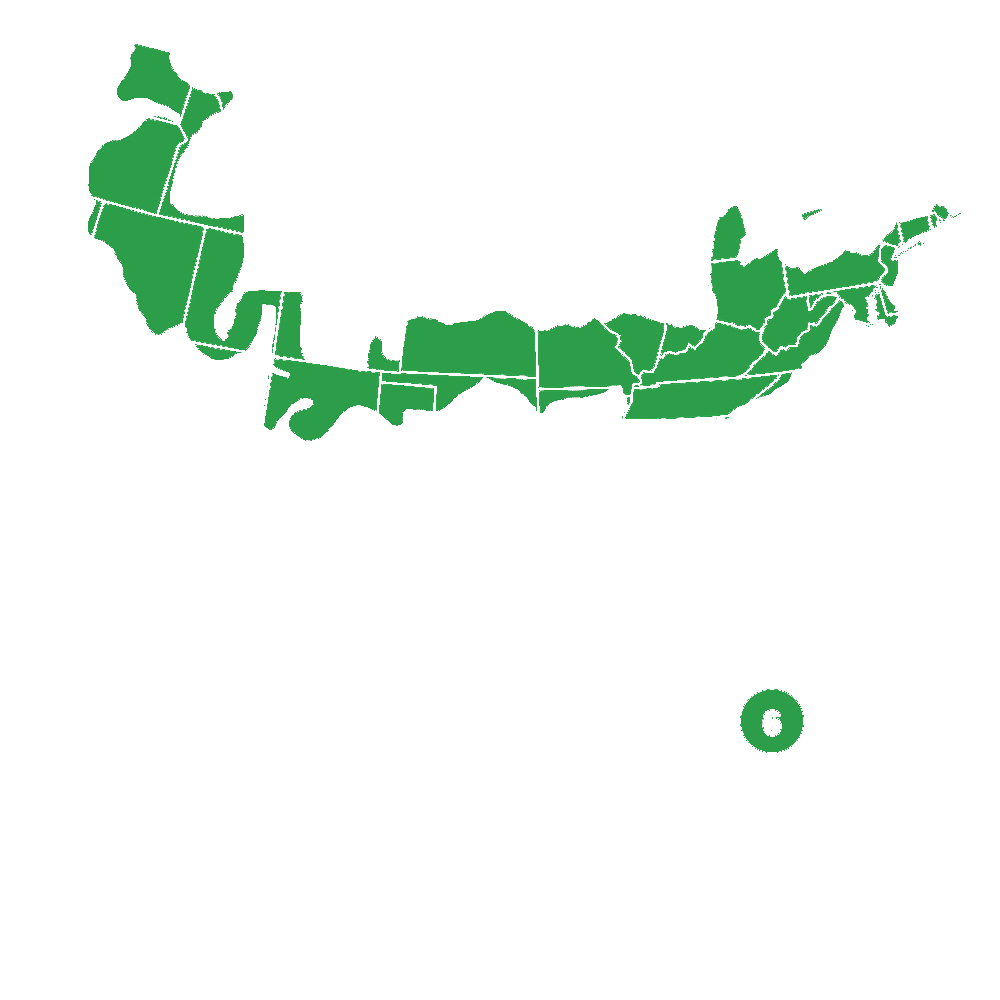
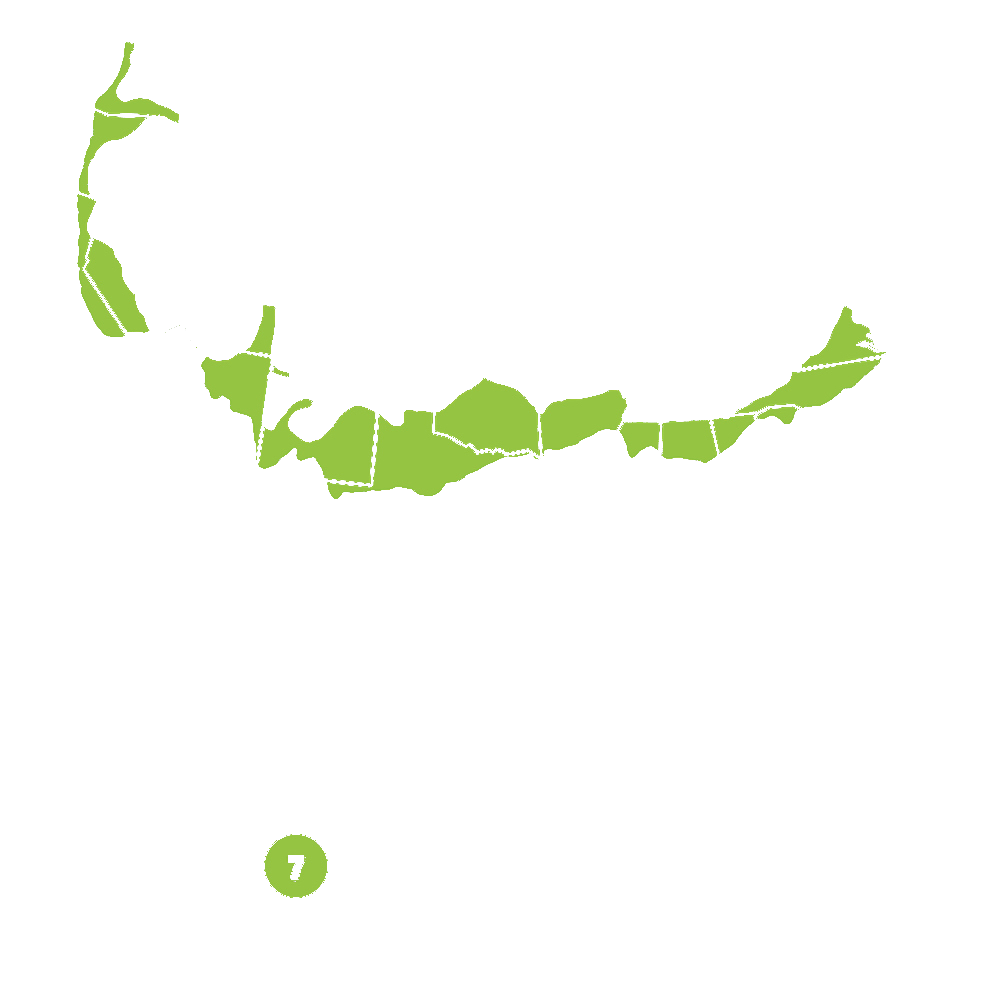
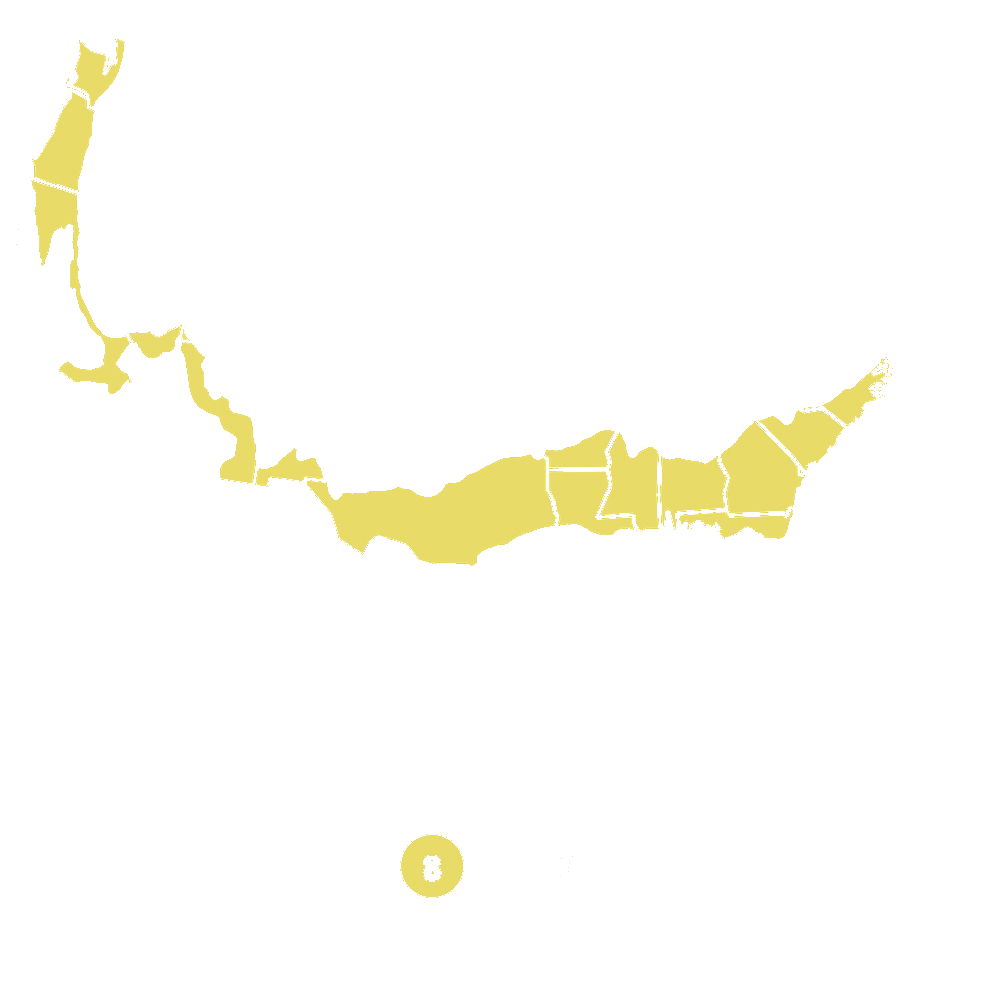
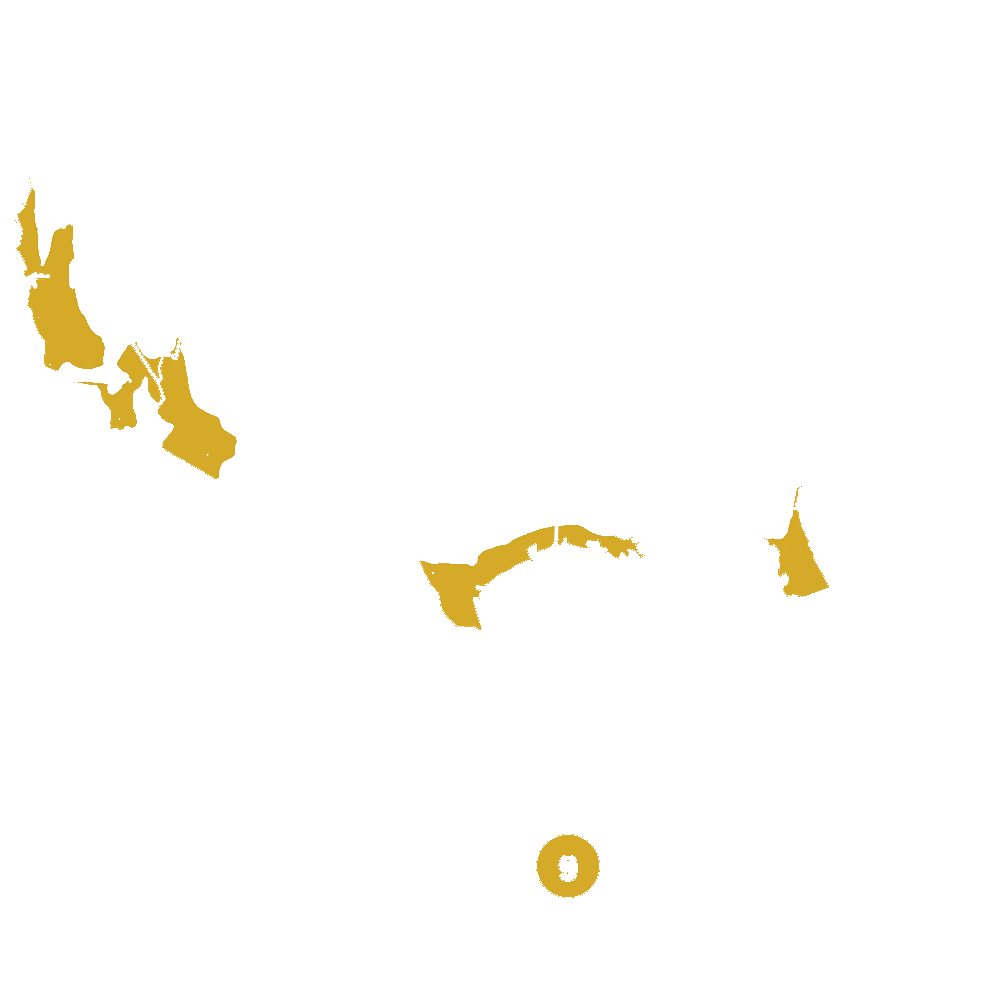
Pollination Info
Pollination Information for Muir Peach Tree
The Muir Peach Tree, also known as the Prunus persica 'Muir', is a self-fertile peach tree that does not require a pollinator. This means that the tree can produce fruit without the need of cross-pollination from another peach tree variety.
However, if the Muir Peach Tree is cross-pollinated with another peach tree, it can produce larger and more abundant fruit. This is because cross-pollination allows for a greater genetic diversity, which can improve the overall quality of the fruit.
Some good pollinator options for the Muir Peach Tree include:
- Elberta Peach Tree
- Bonita Peach Tree
- Florida Prince Peach Tree
It is important to note that if the Muir Peach Tree is planted in an area with other peach trees, it will likely still cross-pollinate naturally and produce larger and more abundant fruit.
Overall, while the Muir Peach Tree is self-fertile, cross-pollination can improve fruit quality and there are several good pollinator options available.
FAQ
Muir Peach Tree (Prunus persica 'Muir') FAQ
What is the Muir Peach Tree?
The Muir Peach Tree is a type of peach tree (Prunus persica) that is known for its large, flavorful peaches. It was developed in the mid-20th century by Harold I. Forde, a horticulturist at the University of California, Davis.
What are the characteristics of the Muir Peach Tree?
The Muir Peach Tree is a deciduous tree that can reach a height of up to 25 feet. It has a rounded crown and attractive, pink spring blossoms. The tree produces medium to large-sized peaches with a yellow flesh and red skin. The fruit is high in sugar and has a rich, aromatic flavor.
Is the Muir Peach Tree self-fertile or does it require cross-pollination?
The Muir Peach Tree requires cross-pollination with another variety of peach tree to produce fruit. Good pollinator trees include the Elberta Peach, the Redhaven Peach, and the Indian Free Peach.
What is the best planting location for the Muir Peach Tree?
The Muir Peach Tree prefers full sun and well-drained soil. It is important to plant the tree in a location that provides good air circulation to prevent fungal diseases.
When is the best time to plant the Muir Peach Tree?
The Muir Peach Tree should be planted in late winter or early spring, when the ground is still cool and moist.
How much water does the Muir Peach Tree need?
The Muir Peach Tree requires regular watering during the growing season. It is important to keep the soil moist but not waterlogged, as too much water can lead to root rot.
How often should the Muir Peach Tree be fertilized?
The Muir Peach Tree should be fertilized once a year in the spring, before new growth begins. A balanced fertilizer with a 10-10-10 or similar N-P-K ratio is recommended.
When is the Muir Peach Tree ready to harvest?
The Muir Peach Tree typically produces fruit in mid to late summer, depending on the climate. The fruit is ready to harvest when it is fully ripe, with a yellow flesh and red skin that gives slightly to pressure.
What are some common problems and diseases that affect the Muir Peach Tree?
The Muir Peach Tree is susceptible to fungal diseases such as peach leaf curl and brown rot. To prevent these diseases, it is important to keep the tree's canopy open to good air circulation and to avoid over-watering. The tree may also attract pests such as aphids and spider mites, which can be treated with insecticidal soap or horticultural oil.
Planting & Care
Planting and Care for Muir Peach Tree
Planting
1. Choose a planting location with well-drained soil and full sun exposure. 2. Dig a hole that is twice as wide and deep as the root ball of the tree. 3. Mix some compost or other organic matter with the soil. 4. Place the tree in the hole and make sure it is level with the ground. 5. Backfill the hole with the soil mixture. 6. Water the tree thoroughly and add a layer of mulch around the base of the tree.Care
1. Water the tree regularly, especially during dry periods. The soil should be moist but not waterlogged. 2. Fertilize the tree in the early spring and again in the mid-summer. 3. Prune the tree in the late winter or early spring before new growth begins. Remove any dead or diseased branches and thin out crowded areas. 4. Protect the tree from pests and diseases by practicing good hygiene and sanitation in the garden. 5. Harvest the peaches when they are fully matured and allow them to ripen further indoors at room temperature. 6. Enjoy your delicious Muir peaches!Check Out These Verified Customer Reviews:
Customer Reviews
4.8 out of 5 based on 13 reviews
Thank you! Your review has been submitted.
Great quality tree, sturdy trunk and branches, very impressed.
Excellent customer service, quick response to inquiries.
Arrived in perfect condition, very satisfied.
Item has been added to your cart.



